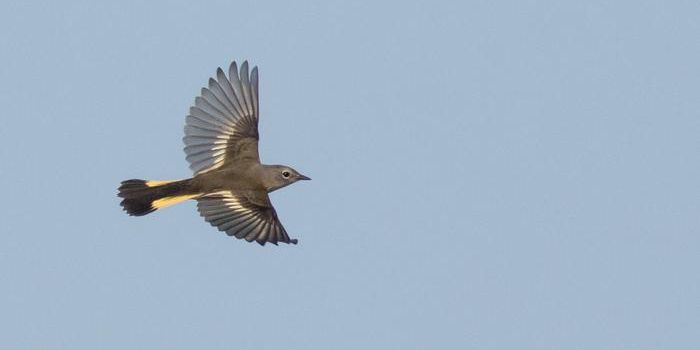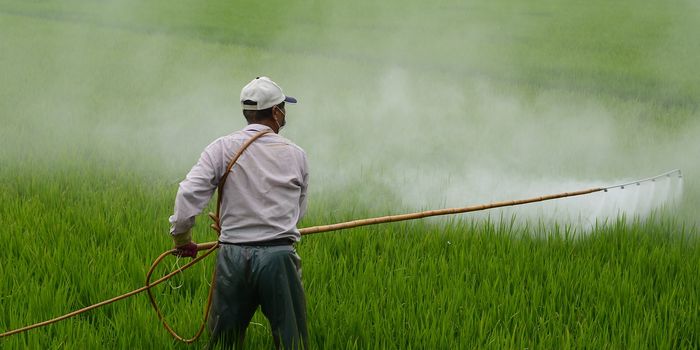Urbanization A Key Factor In Insect Population Decline
In recent years, the number of insects in a given ecosystem (biomass) and the number of insect species (biodiversity) has been declining. Some research in protected areas of Germany, for example, noted a nearly 75% reduction in insect species over about 25 years. Globally, at least 40% of insect species are experiencing some kind of population decline. Reduced insect populations can have dramatic effects on the ecosystems they live in, which can affect humans. For example, many insects are pollinators, so a reduction in pollinating insects could affect crop and food production.
However, there is debate in the scientific community as to what exactly is causing this decline. The finger is usually pointed to human activity that leads to habitat loss (such as deforestation) as well as climate change that affects temperatures and can cause drought.
But according to new research published in Nature Communications, these conclusions are problematic for many reasons, mostly because the methods used in existing research limit the conclusions we can draw about what’s actually a primary cause behind declining insect biodiversity. The authors of the study in Nature suggest that focusing on too few species in research, over too short a period of time and in too few locations, has led to incomplete conclusions about what’s really causing declining insect biodiversity.
To fill this gap, researchers attempted to gather a wide range of data from 179 different sites between Lower Franconia to Upper Bavaria, setting traps to collect a range of insects in the Spring of 2019. They tracked the biomass of the insects caught and conducted DNA analysis to identify each insect species and measure biodiversity.
Researchers noted interesting trends, though most notable was that there was a reduced biomass in urban environments: "We observed the largest difference in insect biomass between semi-natural and urban environments. In the city, the biomass was 42 percent lower. Insect diversity was 29 percent lower in agricultural environments compared to semi-natural habitats. There were even 56 percent fewer endangered species in agricultural areas," says Johannes Uhler, first author of the study. However, the research team noted that just because there was a notable reduction in biomass does not necessarily correlate to a reduction in biodiversity.
Researchers recommended the inclusion of more green areas in urban areas to help increase overall insect biomass.
Sources: Eureka Alert!; Nature Communications; PNAS; The Guardian








